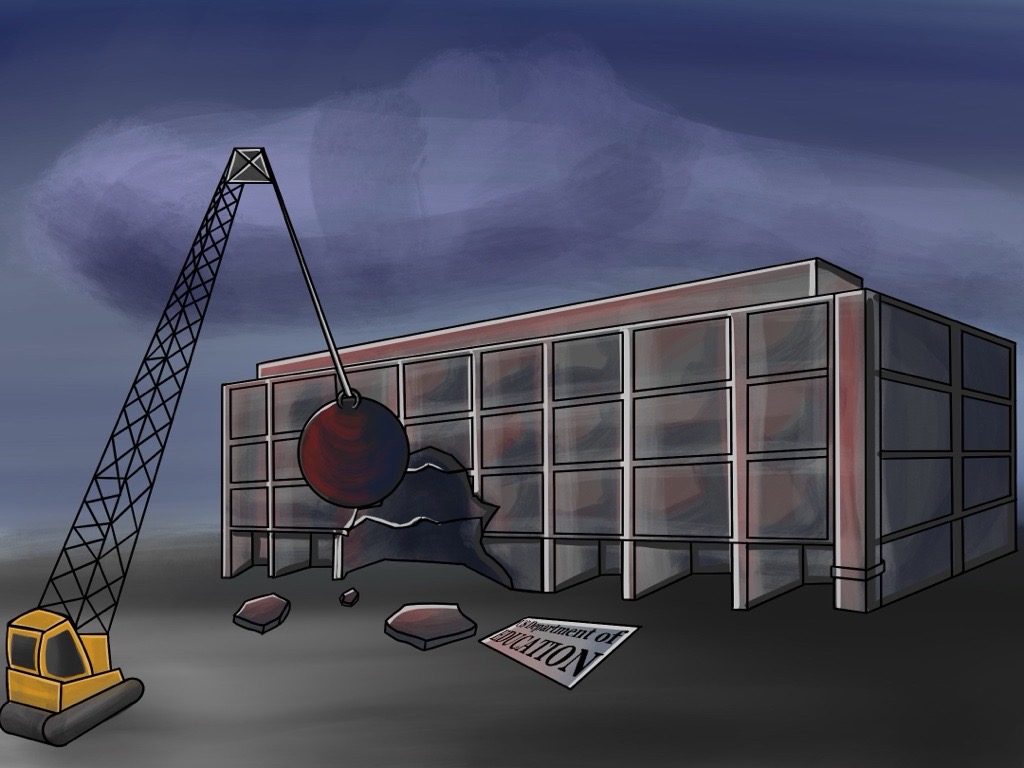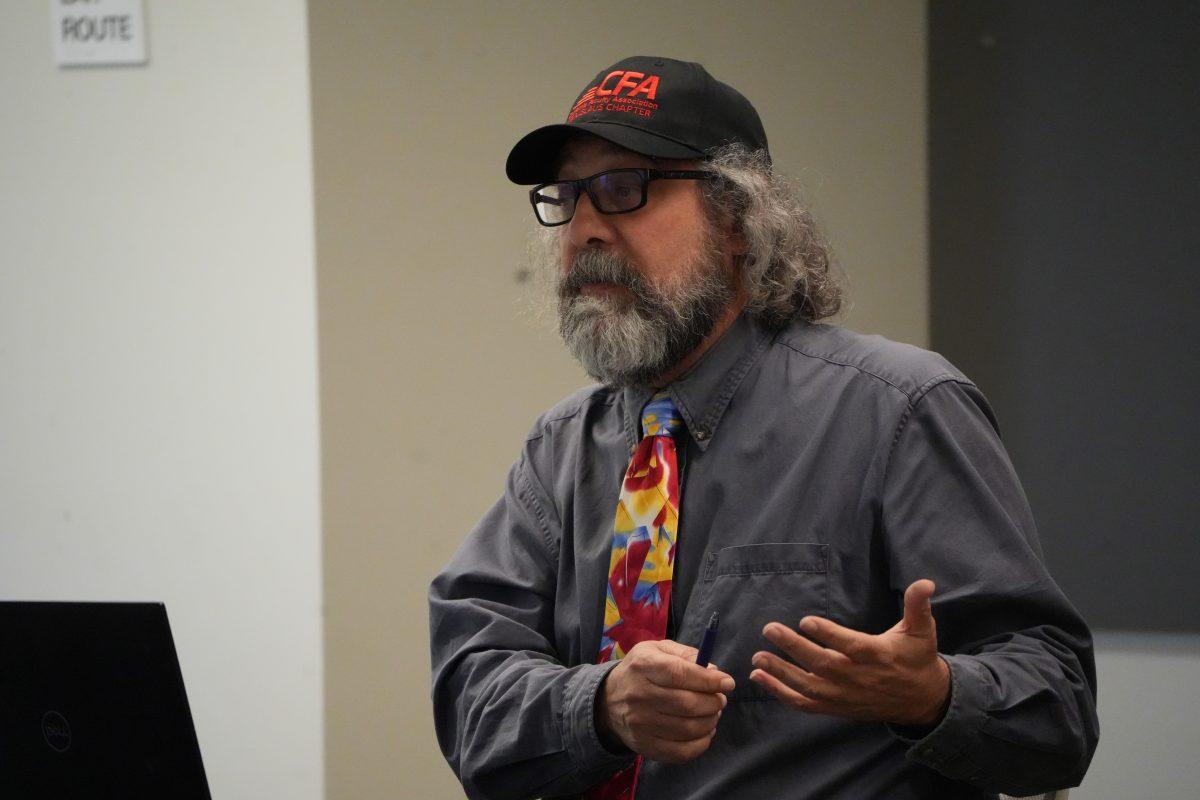A 2.8 million-year-old jawbone was discovered in Ethiopia and is possibly the oldest human fossil in existence, according to multiple papers published on March 4 by the American Association for the Advancement of Science.
This mandible fragment (temporarily known by scientists as fossil LD 350-1) is now considered to be the missing link between modern humans and Lucy, our earliest ancestor from 3.2 million years ago.
Calling the discovery “homo species intermediate,” researchers now suspect that the Homo genus dates back almost half a million years earlier than previously thought.
With an international team led by Arizona State University researchers, Ethiopian student Chalachew Seyoum discovered the fossil at the Ledi-Geraru research area in the Afar Regional State.
“The moment I found it, I realised that it was important, as this is the time period represented by few (human) fossils in Eastern Africa,” Seyoum said to BBC News.
“[T]his new discovery pushes the human line back by 400,000 years or so, very close to its likely (pre-human) ancestor. Its mix of primitive and advanced features makes the Ledi jaw a good transitional form between (Lucy) and later humans.”
According to NPR, the fossil was discovered two years ago on an archaeology site in close proximity to where Lucy was located.
While researchers are still deciding on what Homo species the fossil belongs to, this stunning discovery can further bridge the gaps in human evolution.
For photographs of LD 350-1, visit http://www.vocativ.com/culture/science/oldest-human-fossil/
Categories:
Discovering oldest human fossil changes evolution lineage
By Scott Sikma
•
March 5, 2015
0
Donate to Signal
Your donation will support the student journalists of California State University, Stanislaus. Your contribution will allow us to purchase equipment and cover our annual website hosting costs.
More to Discover







